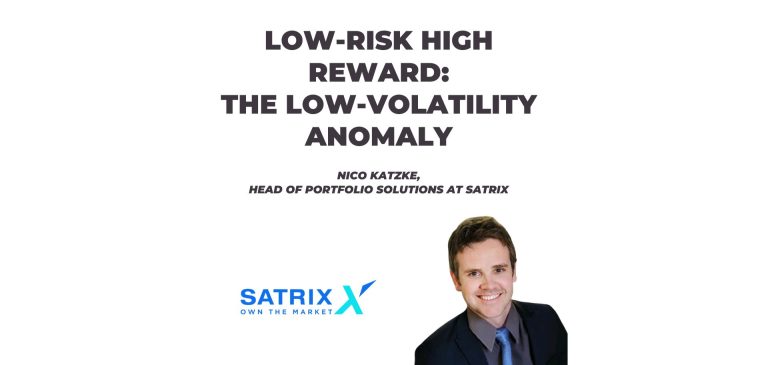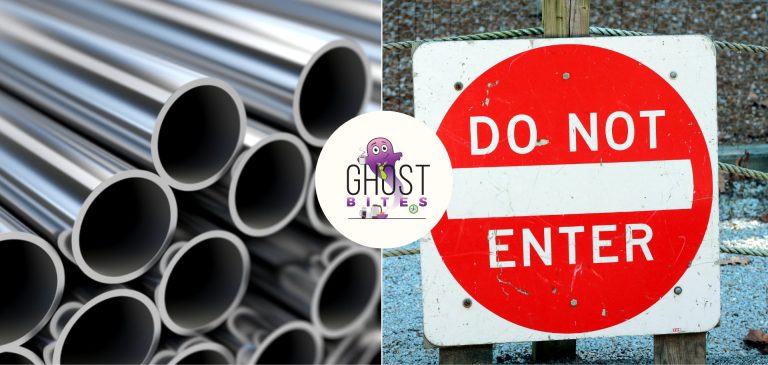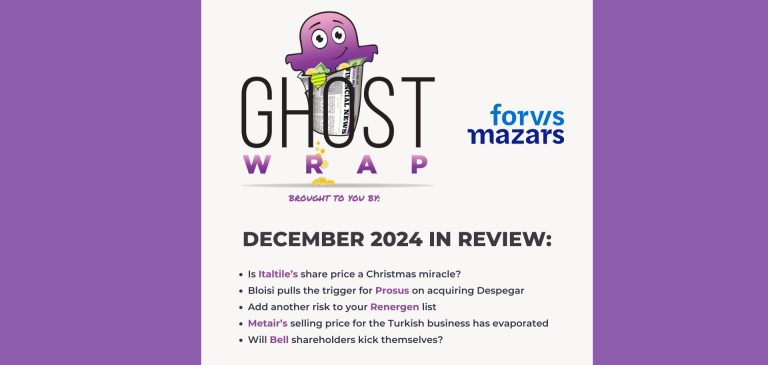BHP Group closes a deal for more copper (JSE: BHP)
Demand for data centres is one of the key drivers of the copper thesis
Remember when BHP wanted to acquire Anglo American? They were willing to go through immense deal risk and a broader clean-up of the Anglo group just to get their hands on the copper. That deal didn’t happen in the end (although I would never assume that a further attempt won’t come), so BHP has looked elsewhere for copper investment opportunities.
The latest news is that the acquisition of Filo Corp, owner of the Filo del Sol copper project in Argentina, has been completed. Filo Corp was listed on the Toronto Stock Exchange and its shareholders approved the deal in September 2024. BHP acquired 50% of Filo and the other 50% is held by Lundin Mining. Lundin already had a significant stake in Filo at the time of the buyout.
There’s a broader play here, as Lundin Mining has also contributed the Josemaria copper project (try reading that without singing Ave Maria in your head) to a new joint venture with BHP. The joint venture now holds that asset and the Filo del Sol copper project as well, as BHP and Lundin each contributed their newly acquired shares in Filo to the joint venture.
For its stake in Filo and exposure to half of Josemaria as well, BHP paid $2.69 billion in cash. $2 billion went to the shareholders of Filo Corp and $690 million went to Lundin Mining for half of Josemaria.
BHP’s bullishness on this metal is explained as being based on copper’s importance to the “energy transition” as well as its role in data centres. Hopefully, demand for data centres won’t wane just as all this copper investment takes hold. Cycles can be ugly things and BHP has invested heavily here.
Despite SA’s over-capacity, PPC invests further in the Western Cape (JSE: PPC)
This really tells you everything about regional vs. national prospects
Practically every single PPC earnings announcement includes a reference to how South Africa is suffering from over-capacity in cement manufacturing, particularly in the face of cheaper imports that continue to plague the local industry. Yet, the latest news from the company is that they are increasing capacity – in the Western Cape at least!
It costs money to get cement from one place to another, so being close to the construction action makes a lot of sense. This is why national vs. regional capacity analysis isn’t the same thing. South Africa’s disappointing levels of investment in infrastructure is a problem and the relative growth in the Western Cape is an opportunity.
PPC is partnering with Sinoma Overseas Development Company to construct a R3 billion integrated cement plant at an existing PPC site. This will replace and increase existing capacity with a view to servicing the Western Cape (predominantly, I’m sure) as well as the Eastern Cape and Northern Cape. The efficiencies from reduced production costs (and emissions) are great, but I’m focusing here on the fact that they are adding capacity rather than just replacing it.
These things take time, with construction scheduled to start in the second quarter of 2025 and the plant to be commissioned by the end of calendar year 2026. They expect to be able to fund it from debt facilities within the current debt covenant levels of 2x net debt to EBITDA. They have also agreed payment terms with Sinoma to help ease the funding burden.
PPC talks about how this “demonstrates continued confidence in South Africa” – frankly, I think it demonstrates confidence in the Western Cape. Stats and numbers don’t lie and it’s obvious where the best opportunities have been in South Africa.
Richemont delivers a massive positive surprise (JSE: CFR)
And the market celebrated!
Richemont released an update reflecting a much stronger sales performance in the quarter ending December 2024 than what we’ve been seeing from the company (and the broader luxury sector) recently.
Sales growth of 10% is a big deal at this scale, making this Richemont’s best ever quarterly sales number. This was achieved despite the issues in China (where sales fell by 18%), with the strong outcome driven by double-digit growth in the Americas, Europe, Middle East & Africa as well as Japan. Asia Pacific (which includes China) was less of a drag than before, although it remains a concern with a 7% decrease.
Jewellery Maisons led the charge, up a lovely 14%. Specialist Watchmakers suffered though, down 8%. The rest of the group was up 11%, with Fashion & Accessories putting in a notable performance of 7%.
Context to the strength of this quarter is given by looking at the nine-month performance, where sales are only up 4% in constant currency and 3% as reported. This quarter saw growth of 10% in both currency calculations, so it really has boosted a tepid year. Clearly, one quarter can’t save the day though, despite the market exuberance around this result. The hope is that positive momentum will continue into the end of the financial year and then into the following year.
I was surprised to see a solid performance in the online retail business, which grew 17% at constant rates. It’s still much smaller than the other channels, but online has been a tricky space for luxury in recent years. The retail channel is by far the largest and grew by 11%. Wholesale and royalty income was up 4%.
Despite the online growth, online-only business YOOX NET-A-PORTER remains a lost cause in my eyes. Sales fell by 15% in that mess. They are selling it to Mytheresa in exchange for shares in that business.
Now, if only things in China would improve! In the meantime, shareholders can celebrate the share price closing 14.5% higher.
Sirius Real Estate taps the debt market (JSE: SRE)
For property companies, access to both debt and equity capital is key to growth
Sirius Real Estate is one of the few property funds that is actively growing its portfolio. They are deep in the Germany and UK markets, with particular focus on buying fixer-uppers (by corporate standards) and unlocking decent returns over time by improving the property and achieving better exit yields vs. the entry yield. In short: they want to buy low and sell high!
To do this, you need money. Lots of money. Sirius has no problem accessing equity capital markets by doing accelerated bookbuilds with institutional investors. They also enjoy plenty of support in debt markets, evidenced once more by the issuance of EUR 350 million in corporate bonds.
This is an unsecured bond, so it references overall Sirius risk as opposed to specific properties (like a mortgage would). This profile gives it an expected credit rating of BBB by Fitch and a coupon of 4%. Investors were very happy to jump in based on these metrics, with a five times oversubscribed issuance.
This increases the weighted debt maturity at Sirius from 3.5 years to 4.2 years and takes the total average cost of debt up from 2.1% to 2.6%. We are in a higher rate environment than during the pandemic, so fresh issuances will naturally have this effect.
The proceeds of the bond will be mainly used to refinance existing debt, particularly the EUR 400 million June 2026 bond which is due for redemption next year. They do also reference general corporate purposes and the pipeline of acquisitions.
In case you’re wondering, the bonds are listed on the Luxembourg Stock Exchange.
Nibbles:
- Director dealings:
- After extensive buying of both Brait exchangeable bonds (JSE: BIHLEB) and Brait ordinary shares (JSE: BAT) by Christo Wiese, we’ve now seen a more unusual trade. Titan Fincap Solutions has sold exchangeable bonds to the value of R11.9 million and Titan Premier Investments has bought ordinary shares worth R5.4 million.
- A director of Reunert (JSE: RLO) sold shares worth R56k.
- As time marches on towards Trencor (JSE: TRE) being wound up, the company has moved its US dollar funds back into rands. For those doing calculations about the amount that might be available for shareholders when all is said and done, they converted $74.2 million to R1.39 billion.
- Choppies (JSE: CHP) has renewed its bland cautionary announcement. Sadly the term “bland” applies strongly here, as there really are no further details on what the company is busy with that might have an effect on the share price.
- Here’s another cautionary announcement for you, this time from Conduit Capital (JSE: CND). This one just seems a little pointless, as the shares are suspended from trading anyway. The company is still engaging with the liquidator of CICL (its main subsidiary) and needs to publish financials for the year ended June 2023. There is still uncertainty around all this, hence the need for caution – just in case any off-market trades make themselves available to you.


























